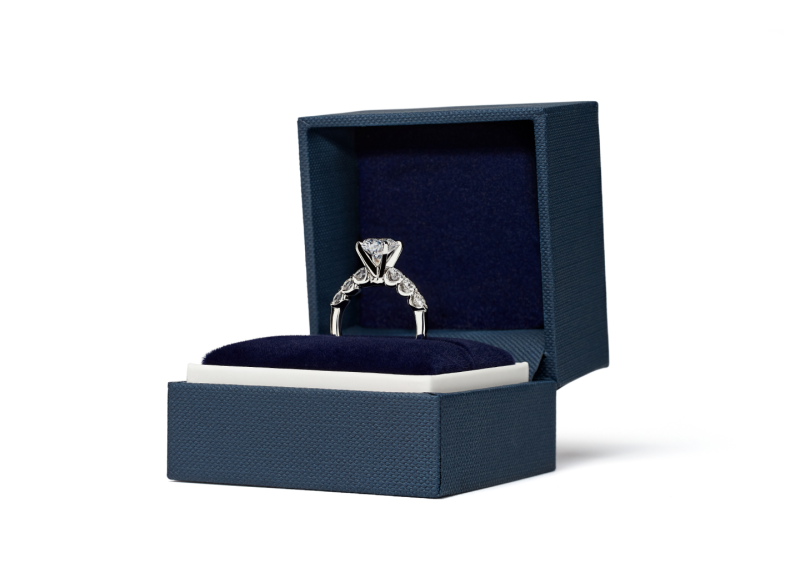With all this in mind, it's important to note that cultural traditions and trends set the standard for this custom, and wedding ring placement does vary today. According to Selle, "Historically, wedding rings have been documented to be worn on every finger, even the thumb.
Interestingly, some of the people in Europe who choose to wear their wedding rings on their right hand will still wear their engagement ring on the left and then transfer it over once they're married. (Again, your engagement ring placement will always come down to your personal or cultural preferences.)Today, they are predominantly gifted in the same fashion, but the actual "promises" behind a promise ring can have different meanings to different people. Commitment is the general idea here, but whether that commitment is to an upcoming engagement, abstinence until marriage, the idea of forever, or just the immediate future, varies. In terms of placement, no particular rule exists, though many believe whichever finger you've designated as your "engagement and/or wedding ring finger" holds the greatest significance.We're willing to bet you've known the answer to this question since you were a child, as it's pretty common for most people—particularly in the United States—to sport their wedding ring on the left ring finger. What you may not know the answer to, though, is why this piece of jewelry is worn on the "wedding ring finger" in the first place.Ahead, Selle helps us delve into the intriguing history behind traditional ring finger placement.




